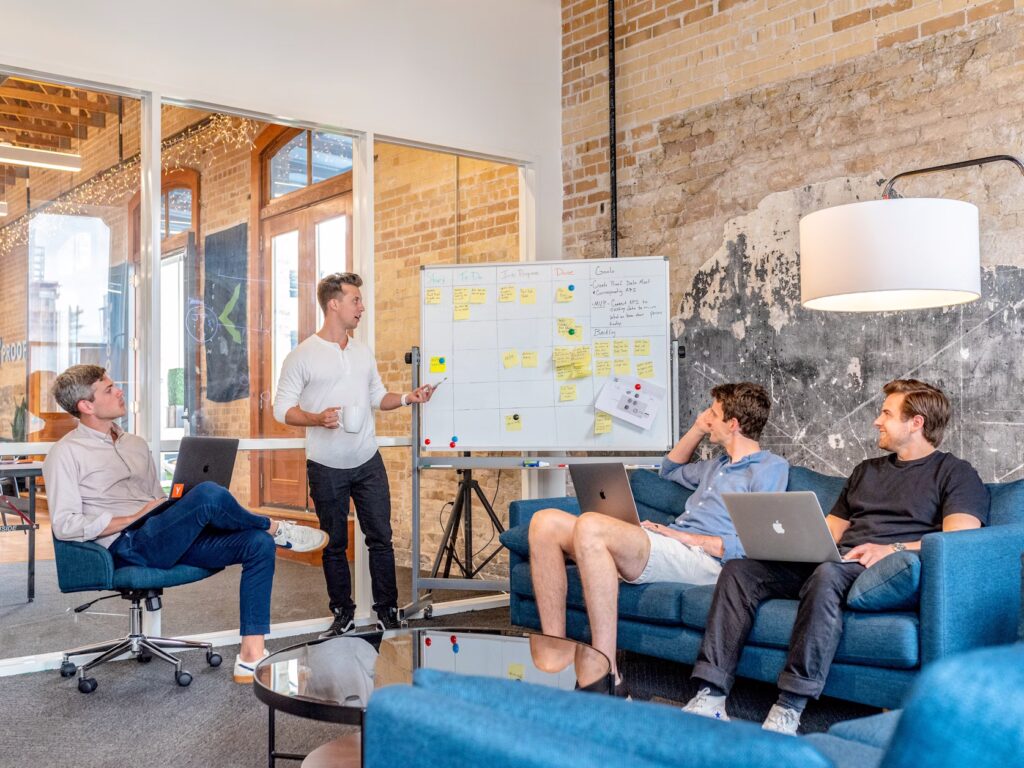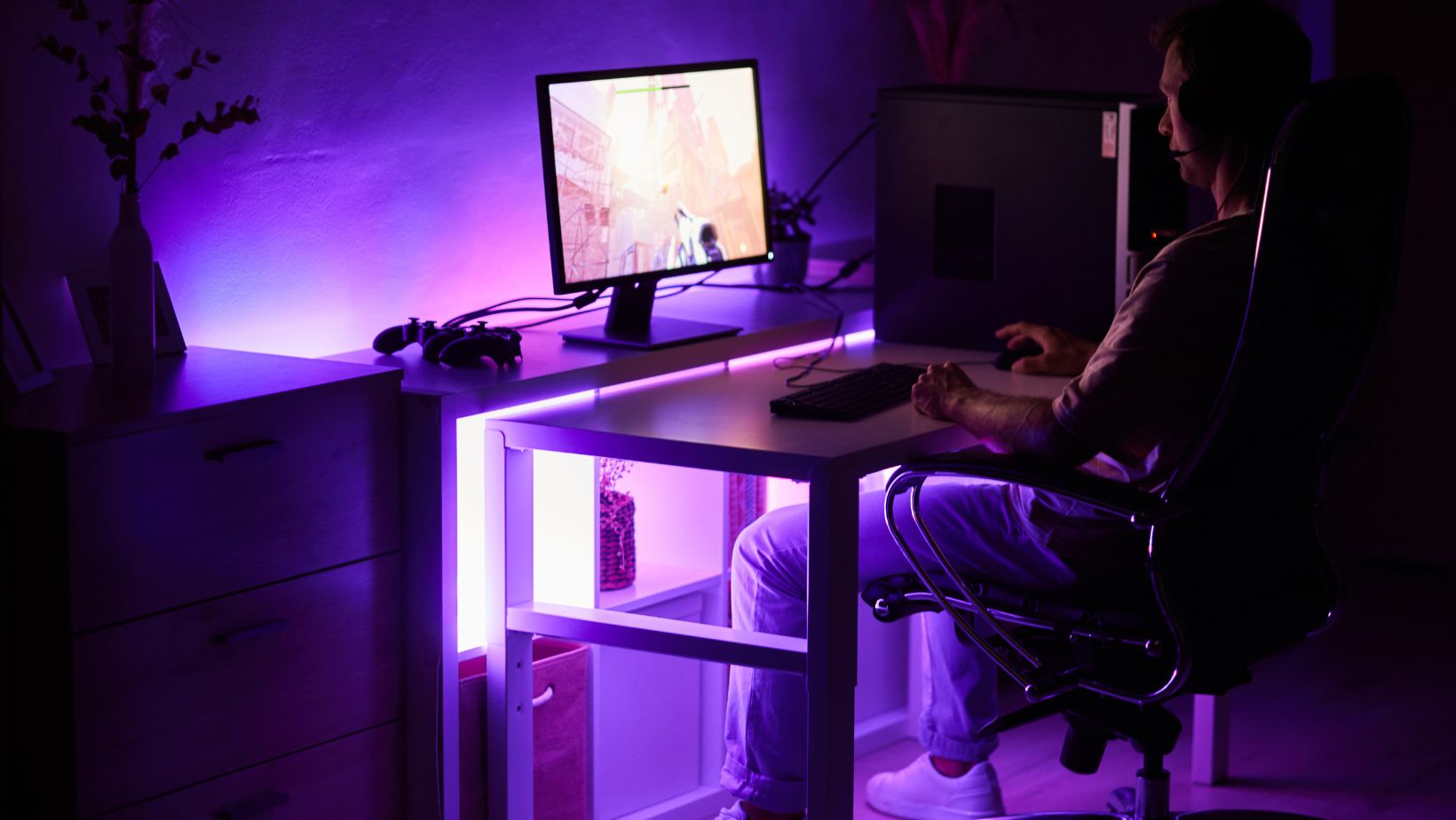For many decades, the workplace has been characterized by a rigid and structured environment, often viewed as a series of metrics on productivity and performance that could lead to disengaged, unmotivated workers. Organizations today are beginning to utilize different tools and tactics. Not from a traditional business model, but actually, from video games.
Gamification has become one of the most compelling mechanisms to truly engage staff in organizations. Gamifying often repetitive and/or stressful tasks by offering a variety of challenges, participation, or storytelling. The workplace has slowly transitioned into a space that attempts to motivate employees through levels of progress instead of obligation by using boards, badges, and achievements.
The core principle behind gamification is deceptively simple. People enjoy playing games because they provide feedback, set clear goals, and offer rewards for progress. If you can build feedback, goals, and rewards for the employee management systems in a business, in the same way that videogame developers use these elements to encourage players to play for hours, they will be able to tap into the same psychological triggers used to keep players engaged in videogames. Although gamifying isn’t about turning an office into an arcade, it’s about creating workflows that feel less like a job and more like an opportunity to excel.
Case Studies of Gamification in Action
Both large organizations and small startups have tested gamified platforms to assess performance and enhance collaboration. A well-known example of this is from Salesforce. They added game-like badges to its learning platform, and when an employee completes a training module, they receive digital rewards. This gives employees a feeling of success, and also, many employees genuinely enjoy learning new skills. It has become a model for how organizations can apply gamification to re-skill employees in today’s world.
Rather than adding to pressure, performance indicators contribute to a friendly competition aspect where staff can focus on improving their own performance in comparison to others. For employees, this may feel like a preferred level of motivation from beating yesterday’s numbers versus getting another quarterly review.
Even in fields where creativity leads the approach, gamification finds its role. Take advertising agencies. Some have implemented a point system to recognize any efforts across campaigns. Employees earn points for collaborative ideation, project support, extra pitches and so on, and then they redeem those points for a benefit like vacation time or a team outing. What was previously unpaid overtime or unnoticed participation becomes part of a reward cycle that reinforces positive engagement.
The Psychology of Points, Progress, and Play
What makes this strategy so wonderfully effective? The reason is in the psychology of motivation. In the field of traditional management, most often the extrinsic motivators, such as salary or bonuses are essential. Yes, money is important, but it usually does not keep folks engaged every day.
Gamification is successful because it gets the best of both the extrinsic and intrinsic motivators by providing people with real time feedback and small wins on a frequent basis. Completing a level in a training module for example, or earning a new badge are real examples of small wins that provide employees with a sense of achievement that brings them back for more.
This is also why gamification is an interesting parallel to the online entertainment industry. Gamification is parallel in that just as the gamers’ passion for casino pokies online is motivated by progress, rewards, and unlocking new experiences, employees are encouraged to dig into the daily tasks because each activity contributes to the larger sense of accomplishment. In both, the mechanics of play generate a loop of engagement where the activity of progress becomes a reward itself.
The Future of Gamification at Work
The push for gamifying work will only intensify as technology continues to advance. For example, AI can personalize reward systems across employees, ensuring that recognition feels personal rather than generic. Virtual reality may soon be used to transform onboarding into immersive quests rather than classroom sessions.
The takeaway is simple: gamification is not simply a trend; it is a foundational shift in how businesses will discuss employee engagement. As remote and hybrid work becomes the norm, these systems present organizations with an option to drive connection, motivation, and adherence to organizational goals. The psychology of games allows organizations to turn daily work into a meaningful challenge while providing pathways for uplifting change to the experience of working.





